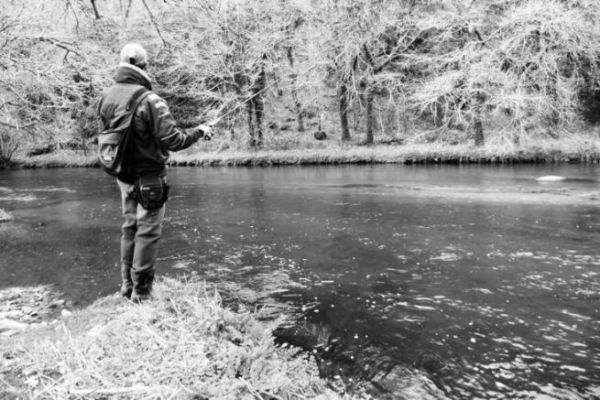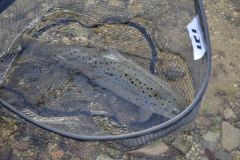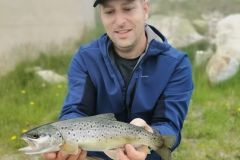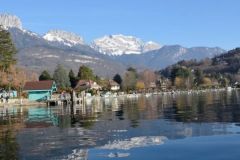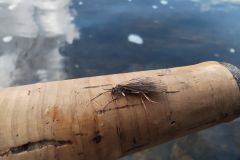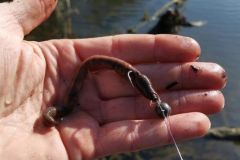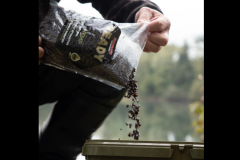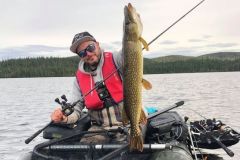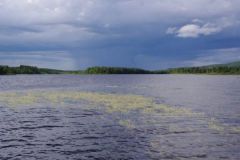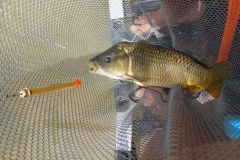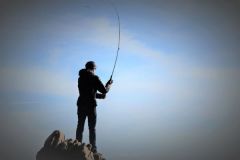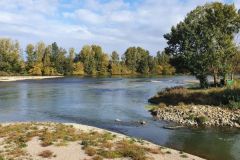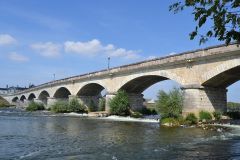Ice jams
Trout rivers are often full of obstacles, especially if they are not maintained by the local AAPPMA. Dead wood in the middle of the bed is a regular feature, providing trout with hiding places they like to take advantage of when they are less active. Not very easy to approach, these are primarily resting places that you should try to explore as a last resort.
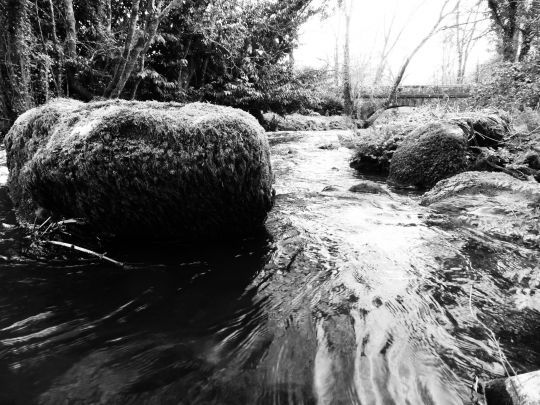
The boulder
Boulders emerging or not in the middle of the bed are typical of trout rivers.
They deflect and accelerate the current on their sides, but also create a calm zone downstream. The best place to look is upstream, where trout like to post up to intercept prey that comes up against the obstacle, and downstream, which is obviously a prime position for comfort, stalking and food supply.
Funnels
The narrow passageways between the emerging rocks are obviously prime spots for active fish. The food is channeled there, making it easy for the trout to grab it!

Inverters
Riffles are areas where the depth is shallow and the current particularly strong. This is an area where active trout like to hang out. Areas on the edge of the main current, slightly calmer and exposed to the sun (especially at the start of the season) are often the best and should be prospected as a priority.
Deep sectors
The fact that the water is high above the head is a reassuring factor for trout. As a result, they like to position themselves in the deepest or shallowest areas both to rest and to feed. You'll need to choose a fast-sinking lure to be effective quickly at the right depth on these spots, which can sometimes be very short.
On a linear layout, deep zones are often easily identifiable because they correspond to the "smooth" surface zones.
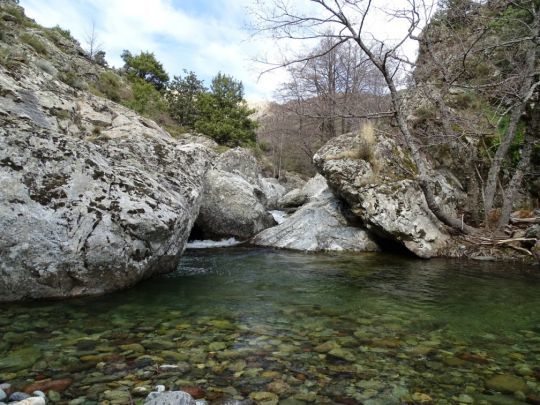
Hollow banks
Hollow banks, whether on the outside of a bend or not, are typical trout resting places. When you notice that these salmonids aren't "out there", you'll need to comb the edges carefully and slowly. Downstream fishing, especially at the start of the season, as close to the banks as possible is often a good strategy.
On bends, you can also let your lure drift with the current to slip under obstacles and under the bank to fetch trout from their hiding places.
The dishes
On trout rivers, there are linear stretches where the current is weak, regular and where the depth is constant.
At first glance, these areas may not seem very interesting, but they're full of fish. However, given their profile, you'll need to attack them with the utmost discretion, especially when fishing upstream, to avoid being identified by the trout.
